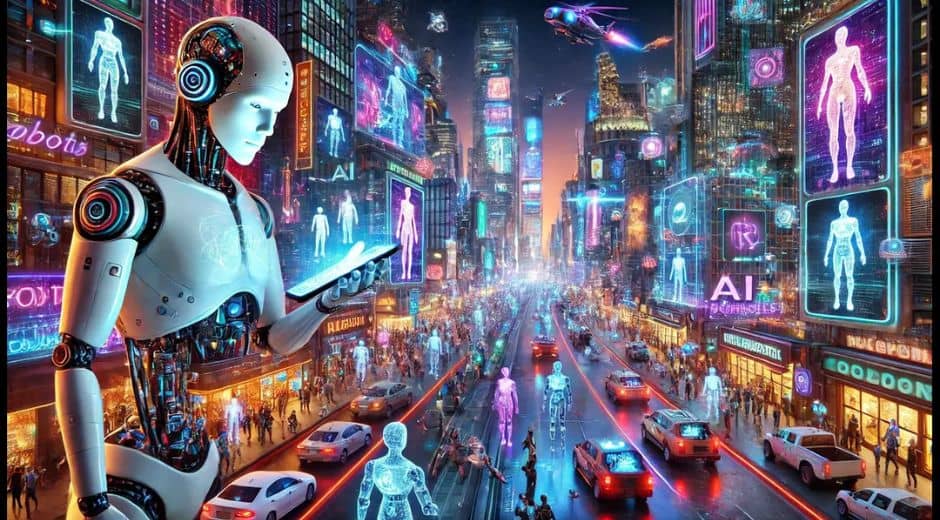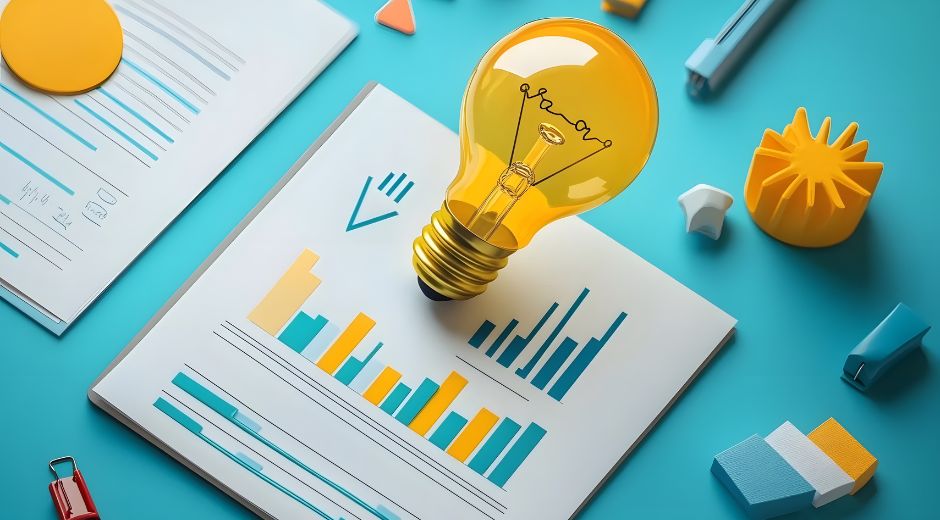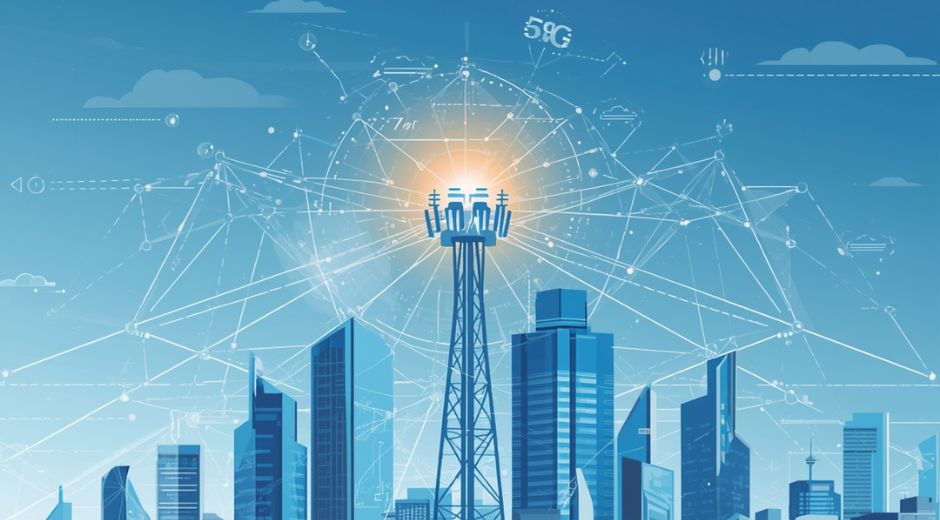AI-Driven Cybersecurity: The Future of Digital Defense in a Hyperconnected World
AI-Driven Cybersecurity: The Future of Digital Defense in a Hyperconnected World
In the rapidly evolving landscape of global technology, AI-Driven Cybersecurity has emerged as one of the most critical frontiers for innovation and protection. As digital infrastructures grow more complex and interconnected, artificial intelligence is no longer just an advantage it is a necessity.
The global economy, public institutions, and even individual privacy depend on digital trust. Yet the same technologies that empower growth also expose vulnerabilities. From sophisticated phishing campaigns to nation-state cyberattacks, the digital realm is now a battlefield where algorithms meet adversaries.
As Newspapersio reports, the fusion of artificial intelligence and cybersecurity is reshaping how organizations defend themselves against ever-evolving digital threats.
The Changing Nature of Cyber Threats
Cyberattacks today are faster, more adaptive, and more destructive than ever before. Traditional defense systems, which rely on static rules and manual oversight, struggle to keep up with these rapidly evolving threats.
Hackers now employ AI themselves developing malware that can learn, self-modify, and evade detection. Ransomware, once a simple nuisance, has become a strategic weapon capable of paralyzing entire industries or governments.
In 2025 alone, the cost of global cybercrime is projected to surpass $12 trillion, according to cybersecurity analysts cited by Forbes. This staggering figure reflects not only direct financial loss but also reputational damage, disrupted operations, and eroded public confidence.
To counter these challenges, businesses are increasingly investing in AI-driven systems that can predict, detect, and respond to threats in real time.
How Artificial Intelligence Reinvents Cyber Defense
For decades, quantum computing was viewed as a theoretical curiosity.
AI-Driven Cybersecurity relies on three foundational capabilities: machine learning, behavioral analytics, and automated response systems. Together, these technologies redefine how organizations protect themselves.
Machine Learning (ML) algorithms analyze massive datasets from past incidents to identify anomalies and predict new attack patterns.
Behavioral Analytics monitors user activity, detecting subtle deviations that could indicate compromised accounts.
Automated Response Systems act within milliseconds to neutralize threats, isolating infected devices or blocking malicious IP addresses.
These innovations shift cybersecurity from a reactive model to a proactive one. Instead of waiting for breaches to occur, AI systems anticipate vulnerabilities before they are exploited.
However, in recent years, advancements in quantum hardware, cloud-based access, and error correction have brought this technology into practical use. Research centers and companies are now testing real-world Quantum Computing Applications across various fields, proving that this technology is far more than an academic pursuit.
Predictive Threat Intelligence
One of the most powerful applications of AI in cybersecurity is predictive threat intelligence — the ability to foresee attacks before they happen.
AI tools ingest vast streams of global data: network logs, dark web chatter, social media patterns, and known malware signatures. Through pattern recognition, they detect emerging trends that human analysts might miss.
This allows companies to deploy preemptive defenses, such as updating firewalls, patching software, or alerting users to new phishing campaigns. Predictive systems not only protect organizations but also strengthen entire digital ecosystems by sharing intelligence across sectors.
The Role of Automation in Defense
Automation is at the core of modern cybersecurity. When a system identifies a threat, AI-powered automation ensures that response times are nearly instantaneous.
For instance, when an unauthorized login attempt occurs from an unusual location, automated protocols can lock the account, alert administrators, and even trigger secondary authentication requests.
This level of speed and precision was once impossible. Today, it’s standard for AI-based security frameworks.
Moreover, automation reduces human error one of the leading causes of security breaches. While human oversight remains essential, machines handle the repetitive, high-volume tasks that previously overwhelmed IT teams.
Ethical and Privacy Considerations
Despite its promise, AI-Driven Cybersecurity raises ethical questions. Machine learning systems rely on massive data collection, including sensitive personal information.
Balancing privacy with protection is an ongoing challenge. How much user data should AI systems access to ensure effective defense? And how can we guarantee that algorithms don’t introduce bias or make opaque decisions?
Transparency and accountability must accompany technological progress. Governments and organizations are now working on frameworks that ensure AI operates within ethical boundaries safeguarding both users and their rights.
The Rise of Adversarial AI
As defenders adopt AI, attackers do too. This phenomenon, known as “adversarial AI,” involves using artificial intelligence to deceive, disable, or exploit other AI systems.
For example, malicious actors can manipulate machine learning models by feeding them false data, causing them to misclassify threats. Deepfake technologies can also be weaponized to impersonate executives or spread disinformation.
To combat this, researchers are developing AI robustness the capacity for systems to identify and resist manipulation. The future of cybersecurity will depend on building models that can adapt to evolving attack strategies.
Industry-Wide Collaboration
AI-Driven Cybersecurity is not an isolated pursuit. It thrives on collaboration across governments, corporations, and academia.
Public-private partnerships play an essential role in sharing threat intelligence and standardizing best practices. Initiatives like the Global Cybersecurity Alliance and AI Defense Consortium are examples of how collective intelligence can amplify digital resilience.
Reports from Politixy emphasize that national security now includes digital infrastructure. Policymakers must invest not just in firewalls and encryption but in education, workforce development, and ethical AI governance.
Economic Implications of AI in Cybersecurity
The cybersecurity market is booming projected to exceed $350 billion by 2030. AI-based solutions represent the fastest-growing segment of that market.
For enterprises, investing in AI-driven protection is no longer optional. The cost of prevention pales in comparison to the potential losses from a breach.
Startups specializing in threat analytics, biometric security, and quantum encryption are drawing major venture capital. Meanwhile, established tech giants are embedding AI security tools directly into their cloud ecosystems.
The result is a new economy built on trust, where data integrity becomes a competitive advantage.
Case Studies: Real-World Applications
Financial Institutions: Banks now use AI to monitor millions of transactions per second, identifying fraudulent patterns that would elude human analysts.
Healthcare Systems: AI protects patient data from ransomware attacks, ensuring medical continuity even under digital assault.
Smart Cities: Urban infrastructures employ AI-driven sensors to secure utilities, traffic systems, and public services from hacking attempts.
Each of these sectors demonstrates how AI transforms defense from passive protection to active resilience.
Challenges Ahead
Despite its effectiveness, AI-driven cybersecurity faces limitations. Algorithms can only learn from the data they receive. Bias, incomplete datasets, or insufficient training can create vulnerabilities.
Moreover, overreliance on automation can lead to complacency. Cybercriminals continually innovate — finding ways to exploit blind spots even in intelligent systems.
Thus, the human factor remains indispensable. Effective cybersecurity requires a hybrid model where AI and human expertise complement each other.
The Road Ahead
As Forbes highlights in its 2025 digital defense outlook, the convergence of AI and cybersecurity represents both the future and the frontier of technological innovation.
The next decade will see deeper integration of quantum computing, zero-trust architecture, and autonomous threat response systems. Together, these innovations will create a digital defense ecosystem capable of adapting as quickly as its adversaries evolve.
For deeper insights and policy analysis on emerging technologies, Newspapersio.com continues to explore how AI-driven innovation shapes industries, economies, and societies worldwide.
Conclusion
AI-Driven Cybersecurity marks a paradigm shift in how we think about defense in the digital age. It merges intelligence with automation, strategy with adaptability, and data with ethics.
As systems grow smarter and networks more interconnected, safeguarding digital integrity becomes not just a technical mission but a societal one.
The insights from Forbes and Politixy underscore the importance of collaboration, transparency, and innovation in shaping a secure digital future.
In the end, the question is not whether AI will dominate cybersecurity — it already has. The real question is how humanity will guide its evolution responsibly.
The Pulse of Sport

Economic Blocs: How Regional Alliances Are Redefining Global Power
Economic Blocs: How Regional Alliances Are Redefining Global Power examines how nations unite through trade and policy to shape the world economy.

Blue Zones: Unlocking the Secrets of Longevity and Purposeful Living
Blue Zones: Unlocking the Secrets of Longevity and Purposeful Living explores how specific communities thrive through balance, purpose, and healthy habits.

Soundscapes: How Sonic Design Shapes Emotion and Immersion in Modern Culture
Soundscapes: How Sonic Design Shapes Emotion and Immersion in Modern Culture explores how music, noise, and silence influence perception and creativity.
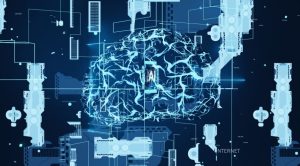
Edge Intelligence: The Next Frontier of Smarter, Faster, and Decentralized Computing
Edge Intelligence: The Next Frontier of Smarter, Faster, and Decentralized Computing explores how AI and edge systems redefine real-time data processing.

Sanctions and Global Power: How Economic Pressure Shapes Modern Diplomacy
Sanctions and Global Power: How Economic Pressure Shapes Modern Diplomacy explores how nations use trade, finance, and policy to influence global decisions.

Circadian Rhythm: How Your Body’s Internal Clock Shapes Health and Performance
Circadian Rhythm: How Your Body’s Internal Clock Shapes Health and Performance explores how daily cycles influence sleep, energy, mood, and longevity.

Immersive Theater: Redefining How Audiences Experience Storytelling
Immersive Theater: Redefining How Audiences Experience Storytelling explores how interactive performance reshapes art, emotion, and audience connection.
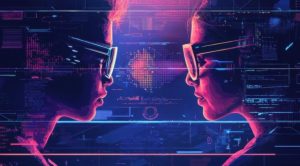
Digital Twins: How Virtual Replicas Are Powering Real-World Innovation
Digital Twins: How Virtual Replicas Are Powering Real-World Innovation explores how this technology reshapes industries from healthcare to aviation.

AI-Driven Cybersecurity: The Future of Digital Defense in a Hyperconnected World
AI-Driven Cybersecurity explores how artificial intelligence is transforming global digital defense, reshaping threat detection, and redefining the future of technology innovation. Insights

Music Streaming Economics: How Digital Platforms Are Redefining the Global Sound Industry
Music Streaming Economics explores how digital platforms are reshaping artist revenue, consumer habits, and global entertainment.

Digital Detox Habits: Reclaiming Wellness in a Hyperconnected World
Digital Detox Habits help individuals reduce screen time, restore mental clarity, and improve health. Explore insights from Newspapersio, Forbes, and TripBeyondTravel.

Trade Diplomacy Strategies: Navigating Global Politics and Economic Alliances
Trade Diplomacy Strategies are shaping international relations, fostering economic alliances, and addressing geopolitical challenges.





